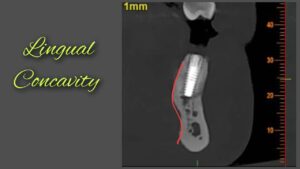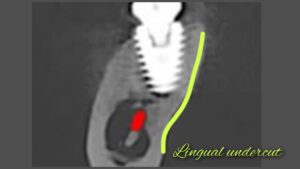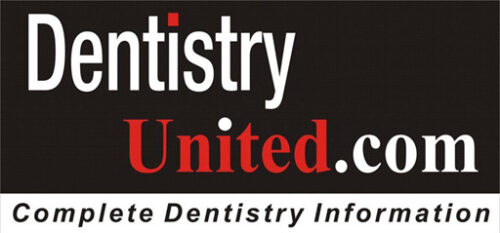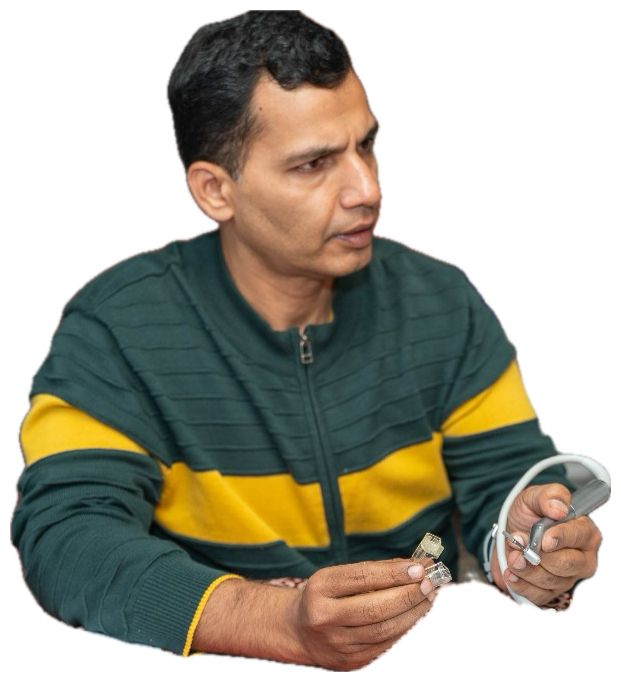

Meet Dr. Junaid – A Lifelong Learner in the Art and Science of Healing Smiles
With over 18 years of quiet excellence in clinical dentistry, Dr. Junaid brings a rare blend of skill, sincerity, and soul to every patient he serves. His practice is not defined by the number of cases completed, but by the compassion behind every diagnosis and the integrity behind each treatment plan. For Dr. Junaid, dentistry is both a calling and a craft—refined through global learning, rooted in ethical care, and carried out with unwavering humility.
The Full Bio
Graduating from RGUHS in 2005, Dr. Junaid’s professional path has taken him across disciplines and continents. He has pursued fellowships and advanced certifications in orthodontics, endodontics (Europe), aesthetic medicine (USA), implant dentistry, and clinical nutrition. His approach integrates oral health with overall wellness, recognizing the deep connection between a healthy smile and a healthy life.
At Aina Medical Center, Dr. Junaid doesn’t just treat teeth—he treats people. His scope of care ranges from pediatric dentistry to full-arch rehabilitation, from cosmetic facial procedures to complex surgical interventions like sinus lifts and ridge augmentations. Whether managing a medically compromised patient or performing flap surgery, he brings gentleness to technique and thoughtfulness to every interaction.
A natural educator at heart, Dr. Junaid also contributes regularly to DentistryUnited, where he shares exclusive insights and clinical pearls in the field of dental implantology. His writings reflect both experience and generosity, helping dentists across the globe enhance their craft and clinical judgment.
Dr. Junaid is admired for his ability to listen deeply, diagnose precisely, and collaborate meaningfully with interdisciplinary teams. He values honesty in decision-making, respect for protocol, and the dignity of every patient who walks into his clinic.
Beyond his clinic, he is committed to outreach—conducting dental camps, promoting preventive care, and serving underprivileged communities. His philosophy is simple yet profound: dentistry is not only about aesthetics or function—it is about trust, comfort, and the quiet dignity of care.
As Dr. Junaid often reflects, “Every tooth tells a story—but it is the heart behind the hand that truly heals.”
He can be contacted on email: junaid4aina@gmail.com / dentistryunited@gmail.com

